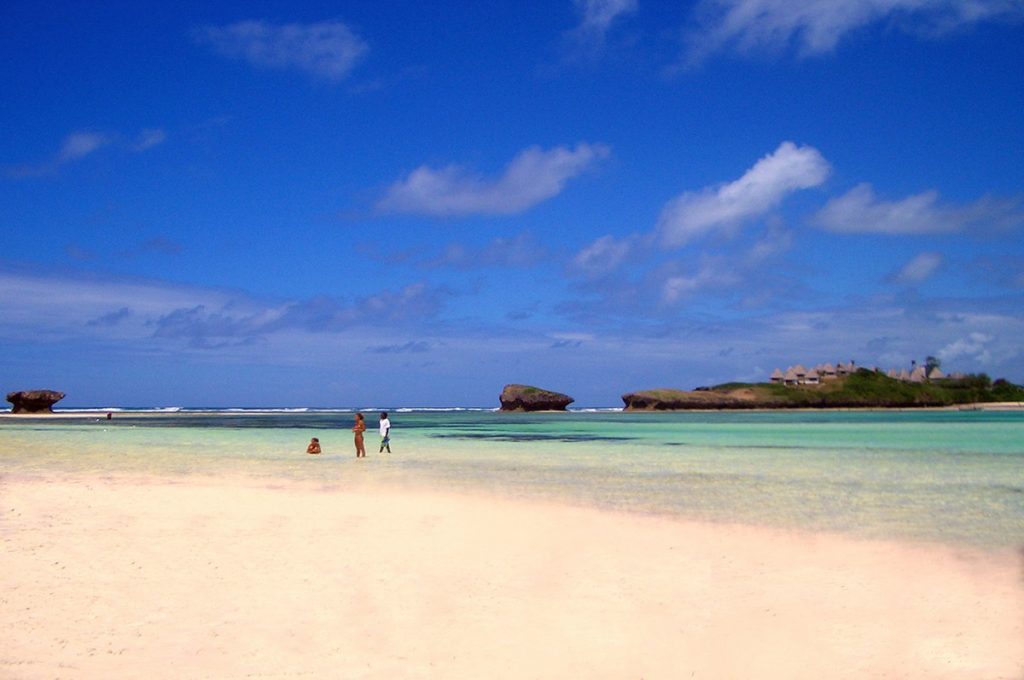Watamu is a beautiful and peaceful village on the Kenya Coast, nestled between pristine beaches and lush tropical forest. Since it was first settled as a remote Swahili outpost at Gedi, this area has remained a haven of peace and tranquility and is still one of the coast’s most undeveloped and natural areas. Known for its unique, relaxed and laid back way of life, Watamu welcomes visitors seeking to chill out, explore and enjoy the wonders that it has to offer.
Whether it’s a family holiday, a romantic getaway or a wild coastal adventure, you’ll never forget the Wonders of Watamu.
Watamu has a unique history. This is the place in Kenya with a predominantly Italian population. It’s also called Little Italy. They have not been here very long; we are talking about a second and third generation. Many, sometimes contradictory, stories circulate about how they got here. The most exciting story is about the Sicilian mafia. They are said to have settled here to launder black money in the thriving restaurant business. They would like to hide among the pre-existing Italian residents who stayed here after World War II. Those first Italians fought alongside the Germans against the British, and lost by the way…

The first hotel to be built in Watamu was the Ocean Sports which started as a bar on the beach in Turtle Bay (the same place where the components of the first Irish family found themselves after the wreck), built by Ian Pritchard who landed there in 1951. The bar was later developed into a hotel and was the first center for water sports.
The second round hotel rooms was the Watamu Beach building that overlooked Watamu Bay.
The combination of these communities, with their different cultures and their economic activities, is what gave birth to Watamu, remains today a top destination for vacation as well as marine area rich in biodiversity. This area is assisted by the Kenya Wildlife Service, which in 1968 formed the Watamu National Marine Park and Reserve, which extends for 42 square kilometers along the coast, providing legal protection to the conservation area.
In 1979 in Watamu it was given greater international protection, when it was declared a United Nation’s Man and Biosphere Reserve (UNMBR).
Watamu today is a cosmopolitan society with a population of 2,000 inhabitants and has grown to be 16 hotels and resorts from two to five stars, numerous hotels and private villas and was voted as the second best beach sand in Africa by CNN Travel in 2012.
Watamu has been inhabited by Arab merchants who conquered much of the coast of Kenya in the early 18th century. According to archaeological finds, Watamu is said to have been inhabited since the 13th century. Shrines and holy sites, now ruins, are popular attractions.
Curiosity: in 2007 in Watamu was discovered the largest species in the world of spitting cobra (Naja ashei), snake belonging to the family of elapidi, also called giant spitting cobra. The venom of this species is very similar in composition (neurotoxins and cytotoxins) than other spitting cobras, including the black-necked spitting cobra (Naja nigricollis) and the red spitting cobra (Naja pallida), which are both located in the same areas. However, this species is able to inject a much larger volume of venom in a single bite than the other. The specific epithet given to this species honors the late James Ashe who founded the Snake Farm, Watamu and was one of the first experts to suggest that the Naja ashei was a new species.


